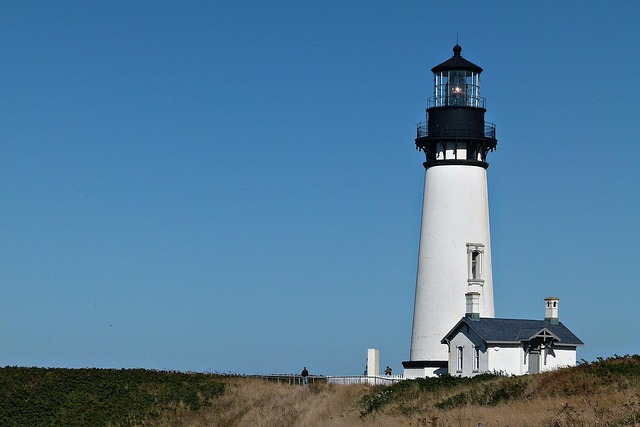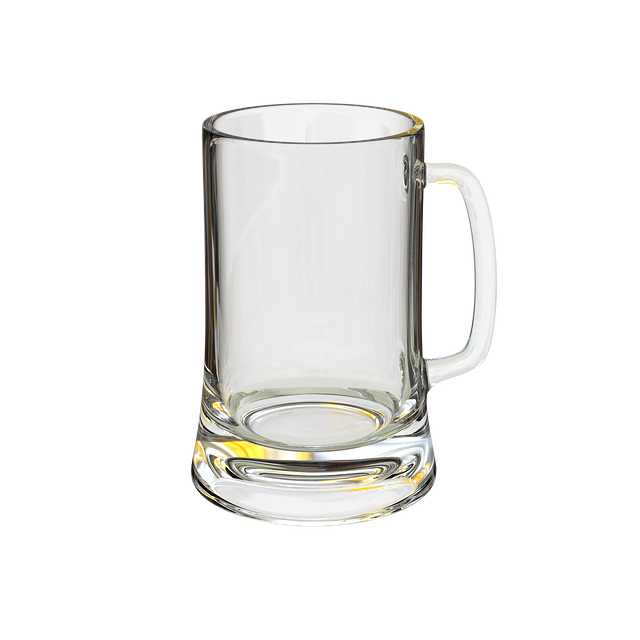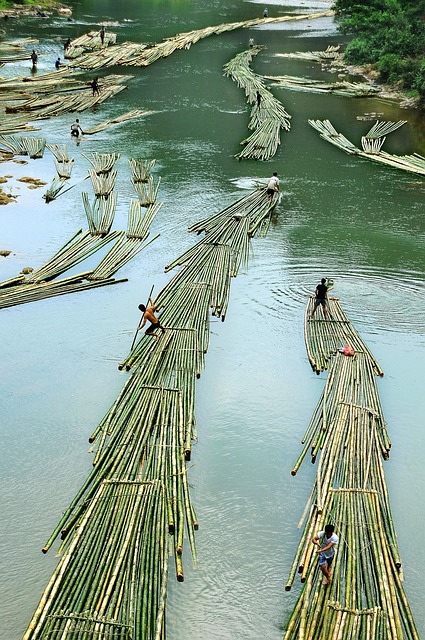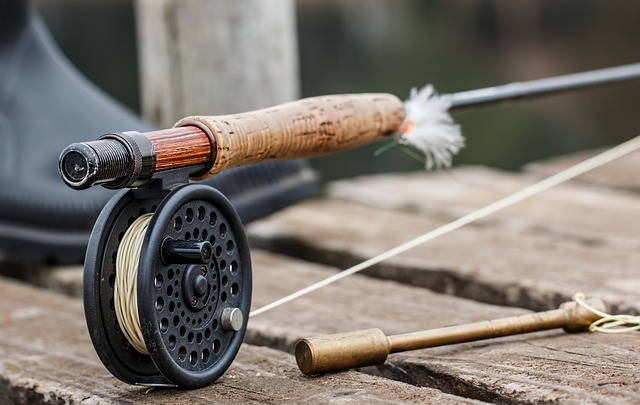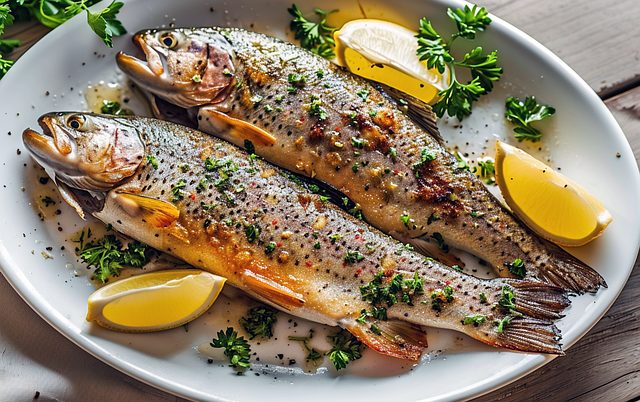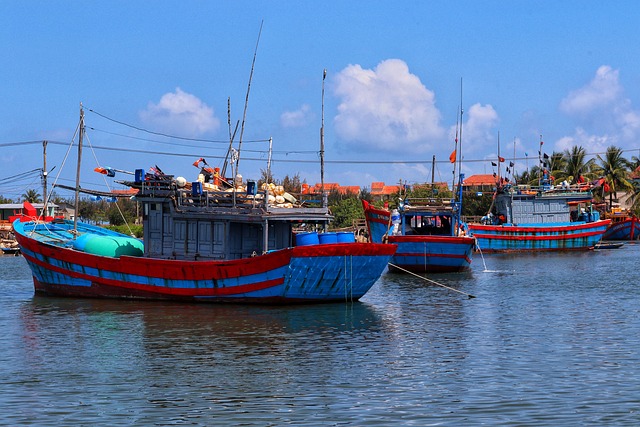The Upper Willamette River offers a diverse fishing experience with various species like trout, bass, and salmon, attracting anglers year-round. Adhering to local Upper Willamette fishing regulations and conservation efforts is crucial for preserving the river's rich biodiversity and ecosystem. Upper Willamette fishing spots range from backwater sloughs to fast-flowing riffles, ideal for Upper Willamette fly fishing in spring and targeting deeper pools with various lures in summer. Anglers should be licensed, respect size and bag limits, and participate in conservation initiatives to ensure the river's valuable Upper Willamette fish species thrive for future generations.
“Uncover the seasonal secrets of the Upper Willamette River, a haven for anglers seeking diverse fishing experiences. This article navigates the popular fishing spots along the river, exploring its rich variety of fish species. From trout to salmon, learn about their migration patterns and peak seasons. Discover effective techniques tailored to the Upper Willamette’s unique characteristics, including fly fishing tips. Additionally, we delve into the importance of understanding local regulations and conservation efforts for a sustainable fishing future on this vibrant waterway.”
- Upper Willamette Fishing Spots: Popular Locations for Anglers
- Unraveling the Upper Willamette Fish Species Diversity
- Effective Fishing Techniques for the Upper Willamette River
- Understanding and Adhering to Upper Willamette Fishing Regulations and Conservation Efforts
Upper Willamette Fishing Spots: Popular Locations for Anglers
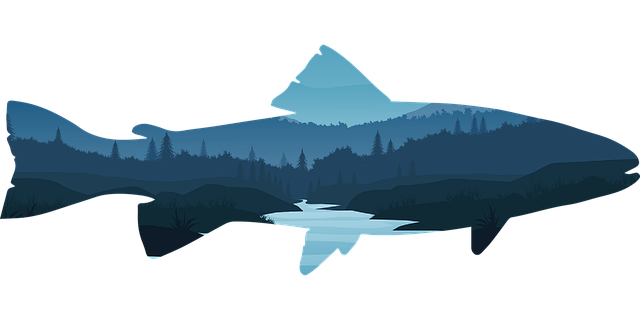
The Upper Willamette River offers a diverse range of fishing spots that cater to anglers of all levels. From serene backwater sloughs to fast-flowing riffles, this region boasts an array of habitats teeming with various fish species. Anglers can target popular catches like rainbow trout, cutthroat trout, bass, and even salmon during specific seasons, making the Upper Willamette a haven for fishing enthusiasts.
For those seeking unique experiences, fly fishing in the crystal-clear waters has proven highly successful. The river’s scenic beauty and rich biodiversity create an idyllic setting for both recreational and competitive anglers. However, it’s crucial to familiarize oneself with local fishing regulations and conservation efforts to ensure sustainable practices. Upper Willamette fishing spots are not just about catching fish; they contribute to a thriving ecosystem that requires responsible stewardship.
Unraveling the Upper Willamette Fish Species Diversity

The Upper Willamette River is a treasure trove for anglers due to its diverse fish species. This region boasts a rich ecological system that supports a wide array of aquatic life, making it an attractive destination for fishing enthusiasts. From smallmouth bass and trout to salmon and steelhead, the river offers something for every type of fisher. The Upper Willamette fishing spots are renowned for their pristine waters and scenic beauty, providing a peaceful backdrop for a rewarding day on the water.
Uncovering the full extent of these fish species requires an understanding of the area’s unique environmental factors. Local fishing techniques and regulations play a pivotal role in preserving this biodiversity. For instance, Upper Willamette fly fishing has gained popularity due to its effectiveness in targeting specific species. Moreover, conservation efforts are essential to maintain the delicate balance of the river’s ecosystem. By adhering to local fishing regulations and promoting sustainable practices, anglers can ensure that future generations will also be able to enjoy the rich fish species diversity found in the Upper Willamette River.
Effective Fishing Techniques for the Upper Willamette River

The Upper Willamette River offers a diverse range of fishing opportunities due to its varied terrain and abundant wildlife. To effectively target the region’s famous Upper Willamette fish species, anglers should consider the river’s seasonal changes. During spring, when water levels are high and temperatures rise, many fish species become more active and can be found in shallow areas. This is an ideal time for fly fishing with dry flies or nymphs imitating local insects. In summer, the river calms down, and fish move to deeper pools, making upper Willamette fishing spots like riffles and current breaks prime targets. Using a variety of lures and bait, including spinners, jigs, and live bait, can be effective during this period.
For anglers looking to master Upper Willamette fishing techniques, understanding local regulations is essential. The river falls under specific Upper Willamette fishing regulations that vary by season and species. Additionally, conservation efforts play a vital role in preserving the river’s ecosystem, so it’s crucial to follow guidelines regarding catch limits, size restrictions, and proper handling of caught fish. By combining these strategies with knowledge of local Upper Willamette fishing spots, anglers can enjoy successful trips while contributing to the long-term health of this precious resource.
Understanding and Adhering to Upper Willamette Fishing Regulations and Conservation Efforts

Understanding and adhering to the fishing regulations in the Upper Willamette is essential for both anglers and the preservation of this precious ecosystem. The river’s rich biodiversity includes a variety of fish species, from trout and salmon to bass and catfish, making it a popular destination for anglers seeking their next big catch. However, strict regulations are in place to ensure the sustainability of these populations. Anglers must obtain proper licenses, respect size and bag limits, and adhere to seasonal restrictions to avoid overfishing and protect the delicate balance of the river’s habitats.
Conservation efforts play a crucial role in maintaining the health of Upper Willamette fishing spots. Fly fishing enthusiasts, in particular, should be mindful of their impact. Proper fly selection and technique can minimize the disturbance to both fish and water bodies. By participating in clean-up events and supporting organizations dedicated to river conservation, anglers can contribute to the preservation of these valuable fishing grounds for future generations to enjoy.


